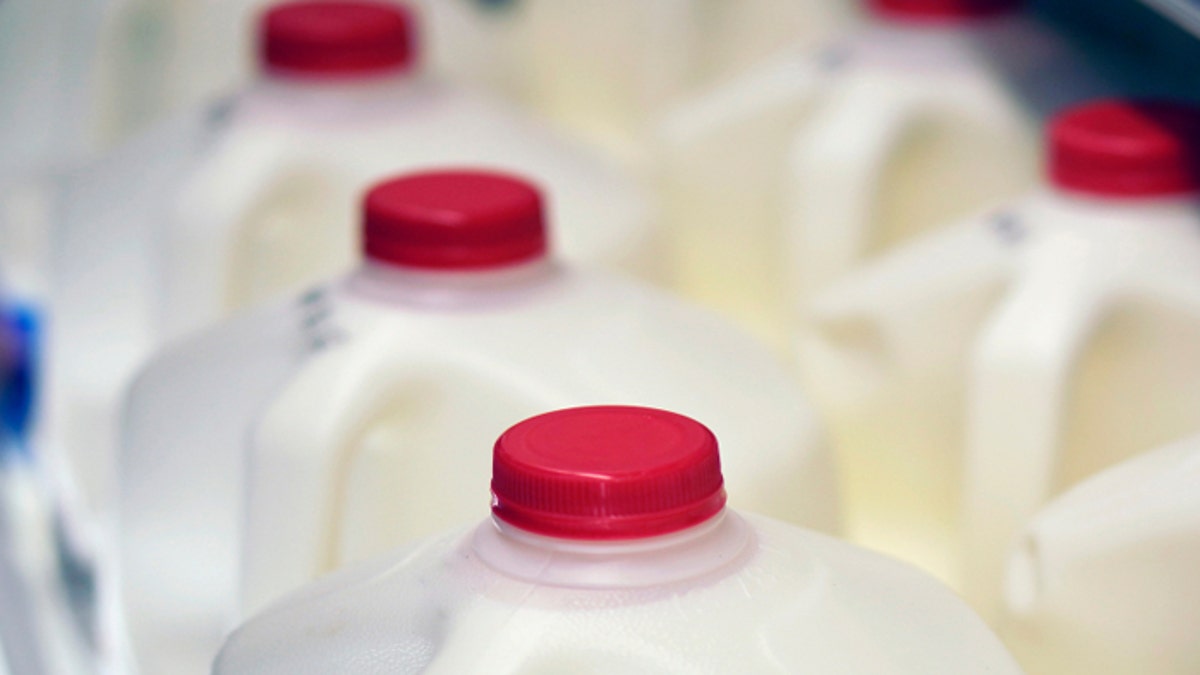
Of these six varieties of milk, find which kind will do your body good.
Traditional Milk
The lowdown: After it’s taken from the cow, the milk is pasteurized (heated, then quickly cooled) to kill bacteria such as E. coli, salmonella, and listeria. It’s an excellent source of protein, calcium, and vitamins D and K.
Skim is the healthiest option, Tanya Zuckerbrot, a registered dietitian in New York City and the author of The F-Factor Diet, said. “It’s nutritionally similar to whole but doesn’t contain saturated fat and actually has more calcium.” If skim is too watery for you, try enhanced skim milk, which has a richer texture.
Good to know: Getting more (skim) milk may help you avoid weight gain. Recent research has found that a lack of calcium may trigger the release of certain hormones, leading to increased fat storage.
Related: 24 Nutritious (and Tasty) Snacks
Organic Milk
The lowdown: Cows that produce organic milk are given organic feed or roam freely and graze on pesticide-free grass. They’re not treated with synthetic growth hormones to increase milk production or injected with antibiotics to prevent illness. (But like traditional milk, organic is pasteurized.)
Although experts maintain that there’s no nutritional difference between organic and traditional milk, two studies from Newcastle University, in England, found that the organic variety contains higher concentrations of some beneficial omega-3 fatty acids and antioxidants. It also can cost twice as much as regular milk.
Good to know: Organic milk contains the most health benefits in summer; the levels of inflammation-reducing fatty acids are at their peak then, because cows have access to more fresh grass and clover.
Soy Milk
The lowdown: Soy milk’s base is an extraction from mature soy beans; it’s typically mixed with water and some type of natural sweetener. Soy milk is naturally low in saturated fat and cholesterol-free. Slightly thicker than cow’s milk, it’s safe for people who have dairy allergies or who are lactose-intolerant.
Good to know: Because soy milk is plant-based, it doesn’t have as much protein as cow’s milk. Flavored soy milk contains less protein than unflavored, since the flavoring reduces the protein content per ounce.
Related: 11 Superfoods You Should Know About
Rice Milk
The lowdown: Rice milk is created from a mixture of partially milled rice and water and is available in a variety of flavors, including chocolate, vanilla, and carob. The least likely of all the milk products to trigger allergies, it’s a good option for those who can’t drink soy, nut, or cow’s milk. It has no saturated fat or cholesterol, but almost no protein.
Good to know: Rice milk often comes packaged in an aseptic container and doesn’t have to be refrigerated until it’s opened.
Almond Milk
The lowdown: Roasted almonds are blended, and the resulting liquid is then enriched with nutrients (like calcium, vitamin D, and the antioxidant vitamin E) and may be sweetened or flavored. Almond milk is free of saturated fat, cholesterol, and lactose, and the unsweetened versions have just 60 calories a cup.
Good to know: The sweet and nutty flavor goes well with coffee or cereal, so it’s a tasty alternative for dieters. However, it contains very little protein.
Related: 25 Easy Instant Energy Boosters
Raw Milk
The lowdown: While raw milk comes from a cow, it’s not pasteurized. Advocates believe pasteurization destroys potentially beneficial bacteria, proteins, and enzymes that may aid digestion. But health experts say that none of these supposed benefits outweigh the possible negatives.
“Drinking raw milk puts you at risk of serious food-borne illness or even death from infection,” J. Bruce German, the director of the Foods for Health Institute at the University of California, Davis, said. According to the Centers for Disease Control, raw dairy products caused 82 percent of milk-borne illnesses between 1973 and 2008. It is not available for purchase in some states.
Good to know: Raw whole milk contains more calories and fat than pasteurized whole milk.
This article originally appeared on RealSimple.com.
